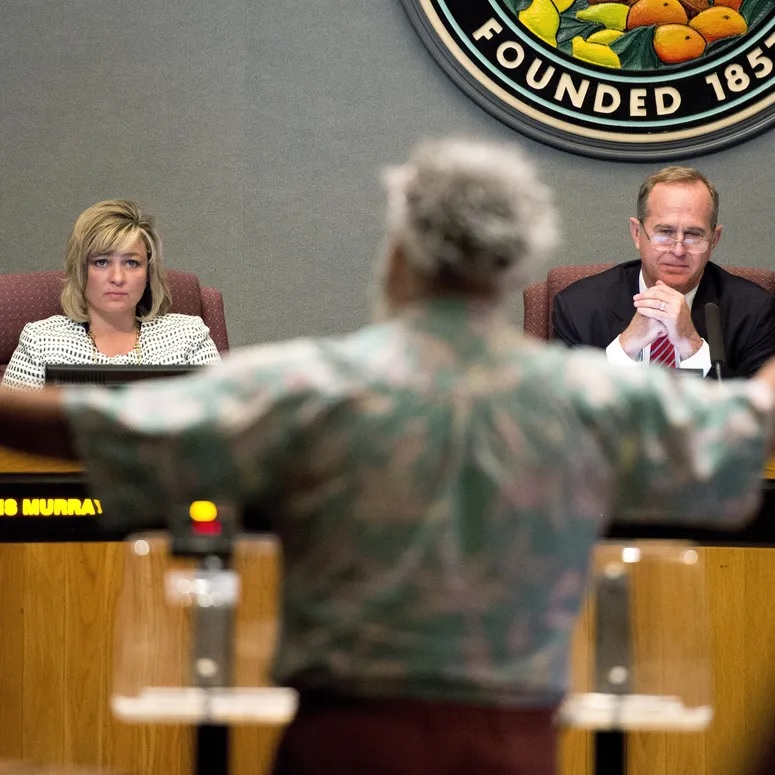
Today’s Morning Buzz is brought to you by Matt Horn, Director of Local Government Services for MRB Group, and “an all around nice guy” (source not cited). For all the Matt Horn news you can use, check me out on LinkedIn.
What I’m Watching: Loud House, Big City Greens, and whatever else Hudson Horn forces me to until I can wrestle the remote control away from him…
What I’m Reading: Effortless by Greg McKeown
What I’m Listening to: Bootlegged copies of “Kent Wyatt Sings Your Summertime Favorites”, and Covers by Deftones.
I am an evangelist for public engagement…a healthy community, and a strong local government are fueled by consistent communication with and between the government and its constituents. No matter what we’re undertaking–budgets, community plans, changes in regulation, etc.–it’s our responsibility to ensure that the public is informed and heard.
We’ve all been there…you’ve worked for months on a project, openly discussed it in City Council meetings, and even had a public hearing or two. We’ve checked all the statutory boxes in terms of advertising, and the local reporter was sitting right in the front row for every meeting. But…during your weekly trip down the produce aisle, you hear your least favorite phrase: “Why is this the first time I am hearing about this??”
Public attitudes and behaviors around participation and engagement are constantly shifting. One positive impact of COVID-19 has been that the public has really plugged in. Digital connections to public meetings have made it much easier for the public to stay informed and involved. But, we can’t rest on that.
When thinking about public engagement, we encourage folks to address three criteria. Public engagement efforts should be:
- Authentic: Ensure that you are coming at the effort from the right place. Much of the engagement fatigue that has built up over time has resulted from communities who were just doing this to check the box. If you fake this, the public will know, and the consequences can be significant. Timing plays significantly into this. Bringing the public to the table after the project is fully baked, with little room for change, in an inauthentic approach. Strike the balance between bringing something so vague that the public can’t grasp it, and something so baked up that there’s no room for additional feedback.
- Robust: Lots of it, in lots of different formats, in lots of different places. Think about the barriers to participation and try to mitigate them. Provide for digital participation, consider hosting meetings in locations disproportionately impacted by the project, think about childcare, transportation, etc. Anything that might limit the public’s participation should be addressed.
- Meaningful: Once completed, the public should see how their feedback was used. Don’t ask the question if you don’t intend on doing anything with the answer. This doesn’t mean that you have to agree with every suggestion, or stall the project until every issue is satisfied. It does mean that you should explain to the public how their feedback was considered in your decision making process.
You’re never going to please everyone. But, an authentic, robust, and meaningful engagement process demonstrates to the public that the process was sound–that their voice matters. It makes for a better, healthier community, and a quieter stroll through the produce aisle…
